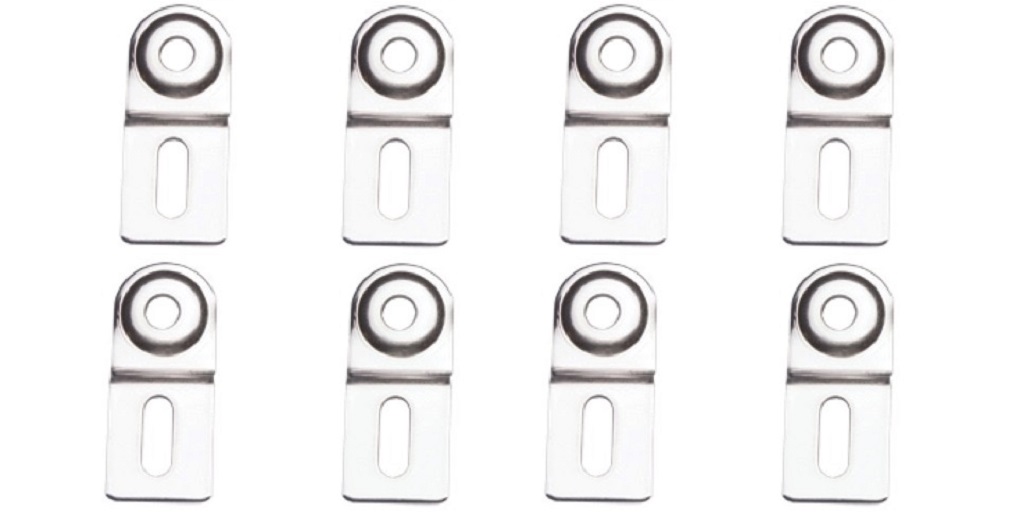An electrical enclosure is a box-like device, somewhat like a cabinet, that is used for the purpose of enclosing and protecting electrical components, such as switches, buttons, and electrical connectors, from the outside.
Electrical boxes and enclosures protect against water, particulates, and can also protect against sunlight, corrosive agents, and potentially against electromagnetic interference, or EMI.
Electrical enclosures are often used to protect operators from electric shock in addition to protecting the electrical components within. They may have clear windows or doors that can aid in inspection, as well.
Often, electrical enclosures are assigned a NEMA rating, which gives some indication of their ability to protect against water and particulate intrusion. Here’s what you should know.
About NEMA Ratings
NEMA, or the National Electrical Manufacturers Association, has produced a set of codes making it easier to identify what level of protection the associated enclosure can provide.
NEMA 1: Indoor; protection against falling dirt or incidental contact, no protection against water.
NEMA 2: Indoor; protection against falling dirt, dripping water and minor splashing.
NEMA 3: Indoor/outdoor; protection against dirt and windblown dust, ice, sleet, rain, and external ice formation.
NEMA 3R: As NEMA 3, but with additional protection against external ice formation.
NEMA 3S: As NEMA 3, but external mechanism must remain operable even in the presence of ice.
NEMA 3X: As NEMA 3R, but with additional protection against corrosion.
NEMA 4: Indoor/outdoor: protection against dirt and windblown dust, ice, sleet, rain, as well as splashing water, hose-directed spray, and external ice formation.
NEMA 4X: As NEMA 4, but with additional corrosion resistance and protection against damage from the external formation of ice.
NEMA 5: Indoor: protection against falling dirt and dust, as well as lint and other fibers. Protection against dripping and minor splashing.
NEMA 6: Indoor/outdoor; protection against falling dirt or windblown particulate, hose spray, and temporary submersion, as well as external ice formation.
NEMA 6P: As NEMA 6, but with additional protection when the enclosure is submerged at a specified depth for a prolonged period.
NEMA 7: Indoor; protection against internal explosions.
NEMA 8: Indoor/outdoor; protection against combustion and explosions.
NEMA 9: Indoor; protection against dust ignition.
NEMA 10: Indoor/outdoor; protection against internal explosions.
NEMA 11: Indoor; protection against dripping corrosive liquids and corrosive gases.
NEMA 12: Indoor; protection against falling or circulating dust, dirt, lint, and other fibers, as well as against dripping and light splashing.
NEMA 12K: As NEMA 12, but their design contains pre-constructed knockouts that facilitate access to the equipment contained within, as needed.
NEMA 13: Indoor; protection against falling dust, lint, fibers, as well as against dripping and splashing water. Additional protection against spraying, splashing and seeping oil and non-corrosive coolants.
Where Can You Get High-Quality Electrical Enclosures?
The manufacturers of electrical enclosures present their qualifications and code requirements in clear labeling, both on their products and in their reference materials. Always go by the manufacturer’s recommendations and never assume a given enclosure provides any level of protection unless it expressly states that it does.
Also be aware that some manufacturers go by the IP rating system of the IEC, or International Electrotechnical Commission, rather than by NEMA standards. The IP system also establishes standards for protection against liquid and dust ingress protection (hence “IP”) though it does not necessarily correspond to the NEMA system.
If you are looking for high-quality electrical enclosures from established manufacturers like Boxco, visit Products for Automation via the previous link. They carry a wide range of products and components for industrial automation systems, including a large assortment of electrical components.



